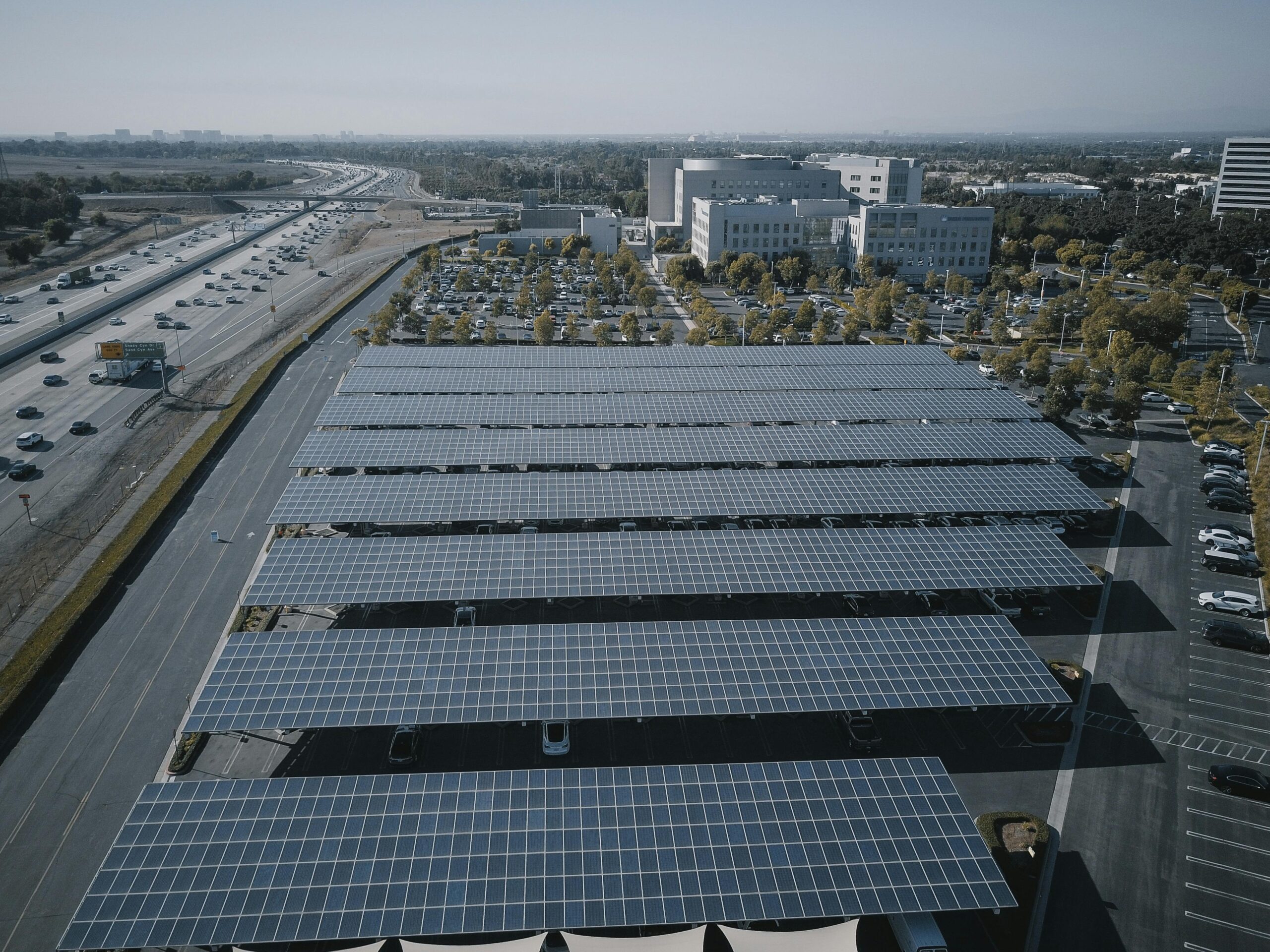Blockchain technology is transforming how we produce, distribute, and trade energy, creating a more efficient, transparent, and democratized energy marketplace for consumers and producers worldwide.
🔋 The Energy Sector’s Digital Awakening
The global energy landscape is undergoing a profound transformation. Traditional centralized systems that have dominated for over a century are now facing unprecedented challenges. Climate change pressures, renewable energy adoption, and consumer demand for transparency have created the perfect storm for innovation. Enter blockchain technology—a revolutionary force that promises to reshape energy trading from the ground up.
Blockchain’s distributed ledger technology offers something the energy sector has desperately needed: a secure, transparent, and efficient way to track energy production, distribution, and consumption in real-time. This isn’t just about incremental improvements; we’re talking about a fundamental reimagining of how energy markets operate.
The convergence of renewable energy sources, smart grid technology, and blockchain creates unprecedented opportunities for peer-to-peer energy trading, automated settlements, and granular tracking of energy provenance. These capabilities address longstanding inefficiencies in traditional energy markets while empowering consumers to become active participants in the energy ecosystem.
⚡ Understanding Blockchain’s Role in Energy Markets
At its core, blockchain serves as an immutable, transparent record-keeping system. In energy trading contexts, this means every kilowatt-hour produced, transmitted, and consumed can be tracked with unprecedented accuracy. Smart contracts—self-executing agreements coded directly into the blockchain—automate transactions based on predefined conditions, eliminating intermediaries and reducing costs.
Traditional energy markets rely on complex hierarchies of producers, distributors, retailers, and regulators. Each layer adds costs, delays, and potential points of failure. Blockchain flattens this structure, enabling direct transactions between energy producers and consumers. A homeowner with solar panels can now sell excess electricity directly to neighbors without going through utility companies.
This disintermediation doesn’t just reduce costs—it fundamentally changes the power dynamics in energy markets. Consumers gain agency, small-scale renewable energy producers find viable business models, and market efficiency improves dramatically. The technology creates trust through transparency rather than relying on centralized authorities.
The Technical Foundation
Blockchain-based energy platforms typically combine several technological elements. Distributed ledgers record all transactions permanently and transparently. Smart meters provide real-time consumption and production data. Internet of Things (IoT) devices enable automated responses to market conditions. And smart contracts execute trades automatically based on predetermined criteria.
The integration of these technologies creates a responsive, automated energy marketplace. When your solar panels produce more electricity than you need, smart contracts can automatically sell the excess to the grid or neighbors at optimal prices. When demand peaks and prices rise, your smart home system can reduce consumption or draw from stored battery power instead.
🌍 Peer-to-Peer Energy Trading: A Game Changer
Perhaps no application of blockchain in energy is more revolutionary than peer-to-peer (P2P) trading. This model allows individuals and businesses with renewable energy generation capacity to sell directly to other consumers, creating local energy markets that operate independently of traditional utilities.
Brooklyn Microgrid in New York stands as one of the pioneering examples. Residents with solar panels sell excess energy to neighbors through a blockchain platform, creating a community-based energy network. This model reduces transmission losses, keeps energy dollars within the community, and incentivizes renewable energy adoption.
The benefits extend beyond economics. P2P energy trading increases grid resilience by distributing energy sources geographically. When a neighborhood relies on multiple small producers rather than distant power plants, local outages have less impact. Communities become more energy-independent and better prepared for emergencies.
Overcoming Implementation Challenges
Despite its promise, P2P energy trading faces regulatory hurdles. Most energy markets operate under frameworks designed for centralized systems. Regulators must balance innovation encouragement with consumer protection and grid stability. Forward-thinking jurisdictions are creating regulatory sandboxes where blockchain energy projects can operate with temporary exemptions from certain regulations.
Technical challenges also exist. Blockchain networks must scale to handle millions of transactions as adoption grows. Energy data accuracy depends on smart meter reliability and security. Interoperability between different blockchain platforms remains a work in progress. However, each challenge is being actively addressed by developers and researchers worldwide.
💡 Renewable Energy Certificates and Carbon Credits
Blockchain brings unprecedented transparency to renewable energy certificates (RECs) and carbon credit markets. These instruments allow companies to demonstrate environmental commitments by purchasing credits representing renewable energy generation or carbon offset projects. However, traditional systems suffer from double-counting, fraud, and lack of transparency.
Blockchain-based REC platforms create immutable records of renewable energy generation. Each megawatt-hour produced receives a unique digital token that can be tracked from creation through retirement. This eliminates double-counting and provides verifiable proof of renewable energy consumption for corporate sustainability reporting.
The same principles apply to carbon credits. Blockchain enables transparent tracking of carbon offset projects from implementation through credit issuance and retirement. This transparency increases market confidence, potentially driving more corporate investment in genuine carbon reduction initiatives rather than questionable offset programs.
Corporate Sustainability Implications
Major corporations increasingly face pressure from investors, consumers, and regulators to demonstrate genuine environmental commitments. Blockchain-verified renewable energy certificates and carbon credits provide the transparency stakeholders demand. Companies can prove their sustainability claims with cryptographically verified data rather than relying on potentially unreliable self-reporting.
This verification capability extends throughout supply chains. A manufacturer can demonstrate that products were created using renewable energy by providing blockchain-verified RECs. Consumers making purchasing decisions based on environmental impact can trust these claims because they’re backed by immutable records rather than marketing promises.
🔌 Grid Management and Optimization
Modern electrical grids face increasing complexity as renewable energy sources proliferate. Solar and wind generation fluctuate with weather conditions, creating supply variability that traditional grids weren’t designed to handle. Blockchain-based systems can help manage this complexity through real-time data sharing and automated demand response.
Smart contracts can automatically adjust electricity prices based on supply and demand conditions. During periods of high renewable generation and low demand, prices drop, incentivizing consumption. When demand peaks or renewable generation falls, prices rise, encouraging conservation or battery discharge. This dynamic pricing optimizes grid balance without requiring centralized control.
Vehicle-to-grid (V2G) systems represent another promising application. Electric vehicles with blockchain-connected batteries can automatically sell stored electricity back to the grid during peak demand periods. Owners earn revenue while helping stabilize the grid. Smart contracts handle all transactions transparently and automatically based on owner-defined parameters.
Enhancing Grid Resilience
Distributed energy resources connected through blockchain networks increase grid resilience against both physical threats and cyberattacks. Rather than relying on vulnerable centralized control systems, blockchain-based grids operate through distributed consensus mechanisms. Compromising one node doesn’t compromise the entire network.
During natural disasters or other emergencies, blockchain-enabled microgrids can island from the main grid and operate independently. Local renewable generation, battery storage, and intelligent load management keep critical services operating even when broader grid infrastructure fails. This resilience becomes increasingly valuable as climate change increases extreme weather frequency.
🏢 Utility Companies and Business Model Evolution
Traditional utility companies face existential questions as blockchain enables disintermediation. However, forward-thinking utilities are embracing the technology rather than resisting it. Many are developing blockchain platforms that enhance services while maintaining customer relationships.
Progressive utilities position themselves as platform providers and service facilitators rather than simple electricity sellers. They develop blockchain infrastructure that enables P2P trading while ensuring grid stability and providing value-added services like energy analytics, storage solutions, and renewable generation financing.
This evolution reflects broader economic trends toward platform business models. Just as companies like Uber and Airbnb create value by facilitating peer-to-peer transactions rather than owning assets, utilities can thrive by enabling efficient energy markets rather than simply generating and selling electricity.
New Revenue Streams
Blockchain opens diverse revenue opportunities for utilities. They can charge transaction fees for facilitating P2P trades, offer premium analytics services based on blockchain data, provide blockchain-as-a-service to smaller utilities, and develop complementary services like battery storage management or electric vehicle charging infrastructure.
Utilities also possess advantages in blockchain energy market development. They understand grid operations, maintain regulatory relationships, have existing customer bases, and can invest in necessary infrastructure. Forward-thinking utilities partnering with blockchain developers can lead the energy transition rather than being disrupted by it.
🌐 Global Energy Access and Developing Markets
Blockchain’s impact extends beyond developed economies with established grids. In developing regions where centralized infrastructure is absent or unreliable, blockchain enables leapfrogging to distributed energy systems—similar to how mobile phones allowed communication infrastructure leapfrogging.
Off-grid solar systems with blockchain-integrated payment systems bring electricity to communities that never had reliable access. Pay-as-you-go models allow households to purchase small amounts of electricity via mobile devices, with transactions recorded on blockchain. This approach makes renewable energy accessible to populations that couldn’t afford traditional grid connections or upfront solar system costs.
Blockchain also facilitates energy access financing. Transparent records of payment history and energy usage help small-scale solar customers build credit profiles, enabling access to larger systems or other financial services. This creates pathways out of energy poverty while supporting renewable energy adoption in regions most vulnerable to climate change.
🔐 Security and Privacy Considerations
While blockchain offers security advantages through decentralization and cryptography, energy applications raise unique concerns. Detailed consumption data reveals personal behaviors—when people are home, sleep schedules, appliance usage patterns. This information requires careful protection to prevent surveillance or targeted attacks.
Advanced blockchain implementations use techniques like zero-knowledge proofs and differential privacy to enable transaction verification without exposing underlying personal data. Users prove they have sufficient energy credits to complete transactions without revealing exact consumption patterns. Aggregated data provides grid operators needed information without compromising individual privacy.
Smart contract security also demands attention. Poorly coded contracts can be exploited, potentially disrupting energy markets or enabling theft. Formal verification methods, extensive testing, and bug bounty programs help ensure smart contracts function as intended. As blockchain energy applications mature, security best practices are becoming standardized across the industry.
📈 Economic Impacts and Market Efficiency
Blockchain-enabled energy markets promise significant efficiency gains. Reduced intermediation lowers transaction costs. Automated settlements eliminate billing delays and disputes. Real-time pricing optimizes supply-demand balance. Transparent markets reduce information asymmetries that traditionally favored large players over consumers and small producers.
These efficiencies translate into concrete economic benefits. Studies suggest blockchain could reduce energy trading costs by 30-40% through disintermediation and automation. More efficient markets mean lower consumer prices, better returns for renewable energy investors, and faster clean energy transition as economics favor sustainable generation.
Market liquidity also improves as blockchain reduces barriers to participation. Small-scale producers who previously couldn’t access wholesale markets can now trade efficiently. This increased participation creates more competitive markets with better price discovery, benefiting all participants through improved efficiency and transparency.
🚀 The Road Ahead: Challenges and Opportunities
Despite enormous potential, blockchain energy applications remain largely nascent. Scalability challenges must be addressed as networks grow. Regulatory frameworks need updating to accommodate new business models. Interoperability standards are required so different blockchain platforms can communicate. Consumer education will determine adoption rates.
However, momentum is building. Major energy companies are investing in blockchain pilots. Governments are creating regulatory sandboxes for experimentation. Technology continues improving rapidly. As climate change urgency intensifies and renewable energy costs continue falling, blockchain’s role in facilitating the energy transition becomes increasingly crucial.
The next decade will likely see blockchain move from experimental projects to mainstream energy infrastructure. Early adopters—whether utilities, regulators, or consumers—will shape how these systems develop and determine whether blockchain fulfills its promise of democratizing energy markets while accelerating the transition to sustainable energy systems.

💪 Empowering the Energy Consumer
Ultimately, blockchain’s most profound impact may be empowering individual energy consumers. For the first time, ordinary people can meaningfully participate in energy markets, not just as passive consumers but as producers, traders, and market participants. This democratization represents a fundamental shift in how energy systems operate and who benefits from them.
As technology matures and adoption grows, we’re moving toward a future where energy is produced locally, traded transparently, priced fairly, and consumed efficiently. Blockchain provides the infrastructure making this vision achievable. The transformation won’t happen overnight, but the foundation is being built today for a more sustainable, equitable, and efficient energy future.
The revolution in energy trading isn’t just about technology—it’s about reimagining our relationship with energy itself. Blockchain gives us tools to create the energy system we need for the 21st century: responsive, sustainable, and designed to serve people rather than the other way around. The future of energy is being written now, and blockchain is holding the pen.
Toni Santos is an urban innovation writer and researcher dedicated to exploring how technology, sustainability, and design are reshaping the cities of tomorrow. With a deep interest in smart infrastructure and human-centered development, Toni studies how data-driven systems and green technologies can create more livable, resilient, and efficient urban environments. Fascinated by sustainable architecture, IoT integration, and next-generation mobility, Toni’s work connects environmental awareness with digital transformation. Through research and storytelling, he examines how intelligent planning and renewable innovation can redefine the relationship between people and their cities. Blending urban design, environmental science, and systems thinking, Toni documents the breakthroughs that are reimagining how we build, move, and coexist. His work highlights the architects, engineers, and technologists leading the charge toward smarter, greener futures. His work is a tribute to: Green architecture as the foundation for sustainable living IoT innovation shaping the infrastructure of connected cities Mobility systems and renewable energy driving urban transformation Whether you’re an architect, engineer, or city planner, Toni Santos invites you to explore the technologies and ideas building the smart, sustainable cities of the future — one street, one system, one vision at a time.




